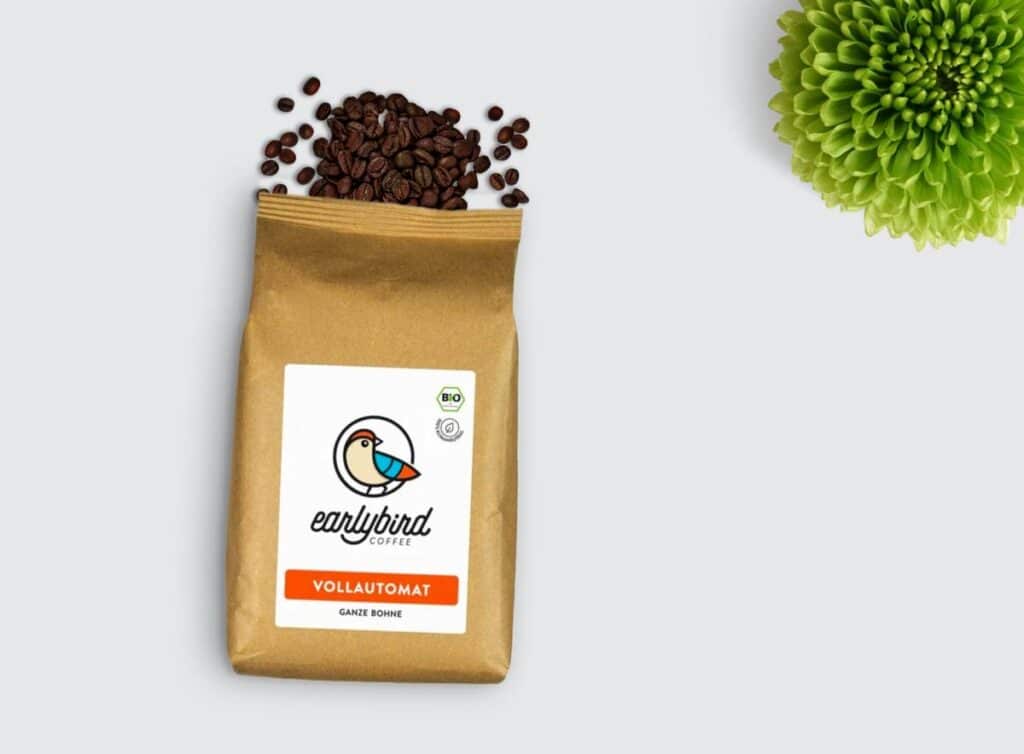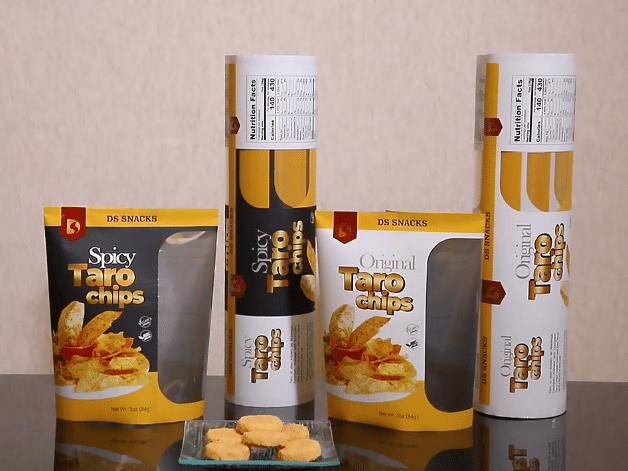Wymagania projektowe i zdrowotne dotyczące toreb do pakowania żywności
Wymagania projektowe i zdrowotne dotyczące toreb do pakowania żywności
Torby do pakowania żywności odgrywają kluczową rolę w ochronie i zachowaniu jakości, bezpieczeństwo, i integralność produktów spożywczych. Projektowanie toreb do pakowania żywności spełniających wymagania dotyczące opieki zdrowotnej jest niezbędne, aby zapewnić zapobieganie zanieczyszczeniom, właściwe oznakowanie, i efektywne wykorzystanie. W tym artykule omówiono kluczowe kwestie i wymagania zdrowotne związane z projektowaniem toreb do pakowania żywności, podkreślając ich znaczenie w utrzymaniu bezpieczeństwa żywności i zaufania konsumentów.

- Rozważania dotyczące projektowania toreb do pakowania żywności:
A. Kompatybilność produktu: Ocena kompatybilności materiałów opakowaniowych z różnymi rodzajami żywności, łącznie z uwzględnieniem odporności na wilgoć, przepuszczalność tlenu, i ochronę przed promieniowaniem UV.
B. Ochrona fizyczna: Omówienie konieczności projektowania worków opakowaniowych zapewniających odpowiednią ochronę przed zagrożeniami fizycznymi, takie jak uderzenie, przebicie, i kruszenia podczas transportu i przechowywania.
c. Wygoda i doświadczenie użytkownika: Podkreślenie znaczenia projektowania toreb opakowaniowych, które można łatwo otworzyć, możliwość ponownego zamknięcia, i wygodne dla konsumentów w obsłudze i przechowywaniu.
D. Marka i estetyka: Badanie roli elementów projektu, łącznie z grafiką, zabarwienie, i logo, w komunikowaniu tożsamości marki i przyciąganiu uwagi konsumentów. - Wymagania i przepisy dotyczące opieki zdrowotnej:
A. Przepisy bezpieczeństwa żywności: Zrozumienie konkretnych przepisów i norm regulujących projektowanie i użytkowanie toreb do pakowania żywności, takich jak ustawa FDA o modernizacji bezpieczeństwa żywności (FSMA) w Stanach Zjednoczonych i Rozporządzeniu Unii Europejskiej (WE) NIE. 1935/2004.
B. Wymagania dotyczące etykietowania: Omówienie znaczenia dokładnego i jasnego etykietowania toreb do pakowania żywności z obowiązkowymi informacjami, łącznie z listą składników, ostrzeżenia o alergenach, wartości odżywcze, i daty ważności.
c. Zgodność z przepisami dotyczącymi materiałów przeznaczonych do kontaktu z żywnością: Podkreślenie konieczności dostosowania toreb do pakowania żywności do przepisów regulujących użycie materiałów mających kontakt z żywnością, takich jak rozporządzenie UE (WE) NIE. 10/2011 oraz przepisy FDA dotyczące kontaktu z żywnością.
D. Przepisy dotyczące odpadów opakowaniowych: Odpowiedź na rosnący nacisk na zrównoważone projektowanie opakowań i konieczność przestrzegania przepisów związanych z gospodarką odpadami opakowaniowymi i recyklingiem. - Bezpieczeństwo żywności i zapewnienie jakości:
A. Właściwości barierowe: Zbadanie znaczenia doboru materiałów opakowaniowych o odpowiednich właściwościach barierowych, aby zapobiec zanieczyszczeniu mikroorganizmami, wilgoć, tlen, światło, i inne czynniki zewnętrzne.
B. Sterylizacja i higiena: Omówienie konieczności projektowania worków opakowaniowych pozwalających na prawidłowy przebieg procesów sterylizacji i zachowanie warunków higienicznych podczas produkcji, pożywny, i uszczelnienie.
c. Funkcje zabezpieczające przed manipulacją: Zbadanie możliwości włączenia plomb lub zamknięć zabezpieczających przed manipulacją, aby zapewnić integralność i bezpieczeństwo opakowanych produktów spożywczych.
D. Okres przydatności do spożycia i zapobieganie psuciu się: Zajęcie się rolą projektowania opakowań w wydłużaniu okresu przydatności do spożycia produktów spożywczych poprzez zmiatacze tlenu, kontrola wilgoci, i odporność na temperaturę. - Pojawiające się trendy i innowacje:
A. Aktywne i inteligentne opakowania: Omówienie postępów w aktywnych i inteligentnych technologiach opakowań, w tym folie antybakteryjne, wskaźniki czasu i temperatury, i czujniki świeżości.
B. Zrównoważone rozwiązania w zakresie opakowań: Podkreślenie rosnącego zapotrzebowania na przyjazne dla środowiska materiały i projekty opakowań, takich jak folie biodegradowalne, opakowania nadające się do kompostowania, i zawartość pochodząca z recyklingu.
c. Cyfryzacja i identyfikowalność: Badanie integracji technologii cyfrowych, takie jak kody QR lub znaczniki RFID, dla lepszej identyfikowalności, przejrzystość łańcucha dostaw, i zaangażowanie konsumentów.

Wniosek:
Projektowanie toreb do pakowania żywności spełniających wymagania zdrowotne jest niezbędne dla zapewnienia bezpieczeństwa żywności, zgodność z przepisami, i zaufanie konsumentów. Biorąc pod uwagę takie czynniki, jak kompatybilność produktu, ochrona fizyczna, wygoda, i brandingu, oraz przestrzeganie wymagań i standardów opieki zdrowotnej, producenci mogą tworzyć torby opakowaniowe, które skutecznie chronią jakość i integralność produktów spożywczych. Wykorzystywanie pojawiających się trendów i innowacji, w tym aktywne i zrównoważone rozwiązania w zakresie opakowań, będzie w dalszym ciągu napędzać postępy w zakresie projektowania toreb do pakowania żywności i wymagań zdrowotnych, ostatecznie przyczyniając się do bezpieczniejszego i bardziej zrównoważonego przemysłu spożywczego.
skontaktuj się z naszymi ekspertami w dziedzinie pakowania żywności






